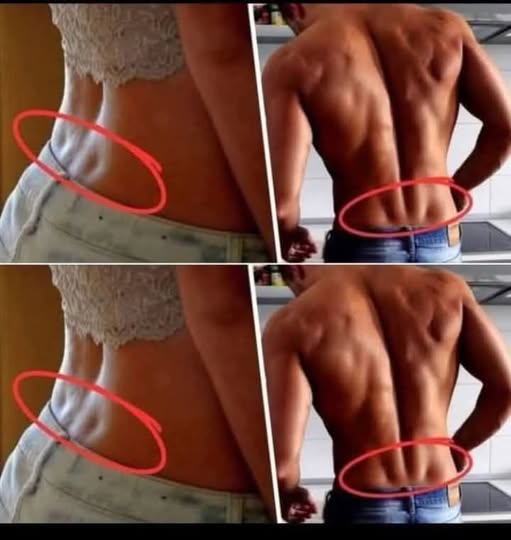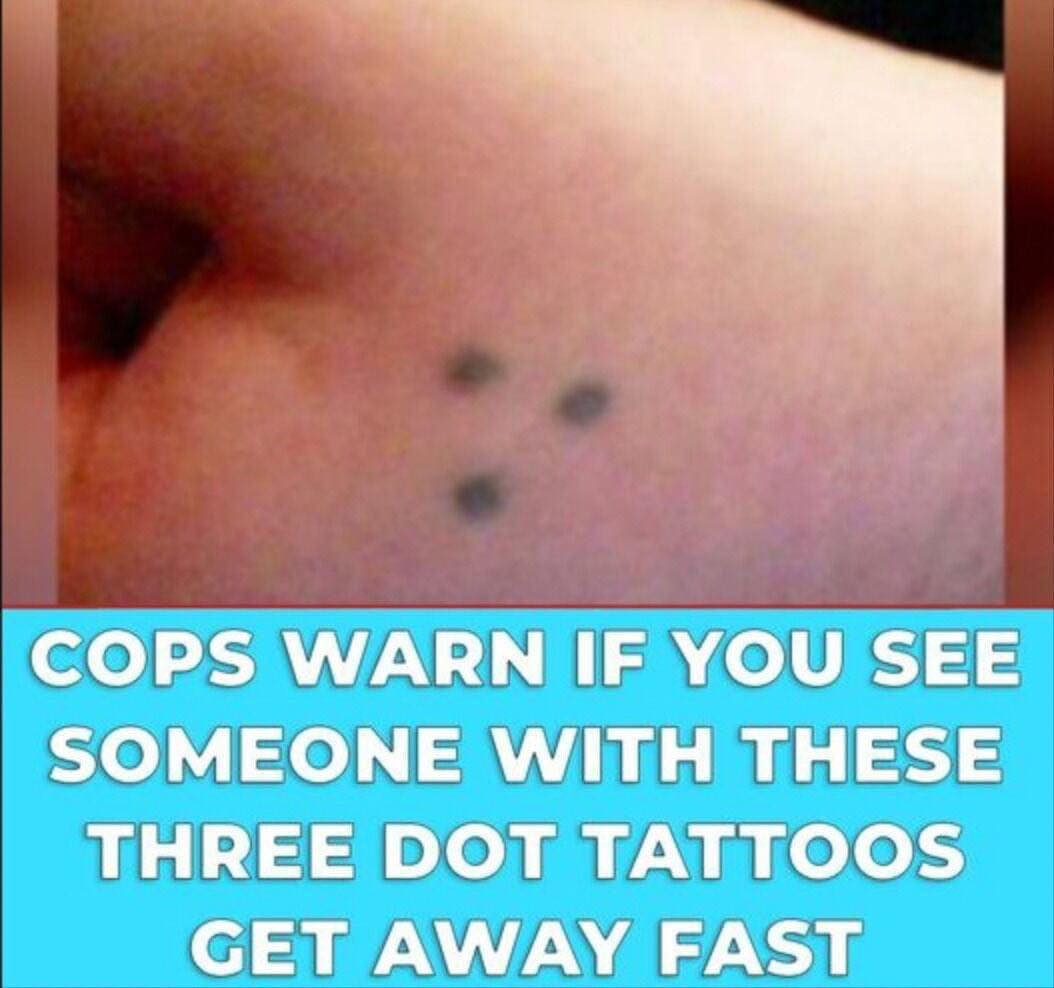If you have these two holes in your back, it means…See more
“If you have these two holes in your lower back, it means you don’t…” Cue the panic searches, TikTok myths, and thousands of strangers claiming your body is a secret code. Let’s set the record straight:
👉 They’re not holes.
👉 They’re not medical red flags.
👉 They don’t reveal anything mystical about fertility, health, or destiny.
They’re called *Venus dimples*—small indentations just above the buttocks where skin connects to ligaments of the pelvis. About 20–30% of people have them, and they’re entirely genetic. Some bodies show them, others don’t. Both are equally normal.
**The Science Behind the Dimples**
These dimples, officially known as *fossae lumbales laterales*, are determined by DNA, much like freckles or eye color. They tend to be more visible in leaner body types, but they exist across all shapes and sizes. Importantly, they’ve been present since birth—if new indentations appear suddenly, that’s a different issue best checked by a doctor.
**Why the Myths Persist**
Social media thrives on mystery, so Venus dimples get linked to everything from fertility to “energy flow.” None of these claims are supported by evidence. In fact, such myths often fuel body shame, making people who lack them feel “less valuable” or prompting harmful searches like “how to get Venus dimples.”
**What They Really Mean**
Absolutely nothing—except that your body is uniquely yours. Across history, artists celebrated them as a beauty feature, but scientifically they carry zero health implications.
So next time someone asks, “What do your dimples mean?” you can simply answer: *“They mean I’m human.”*






Post Comment